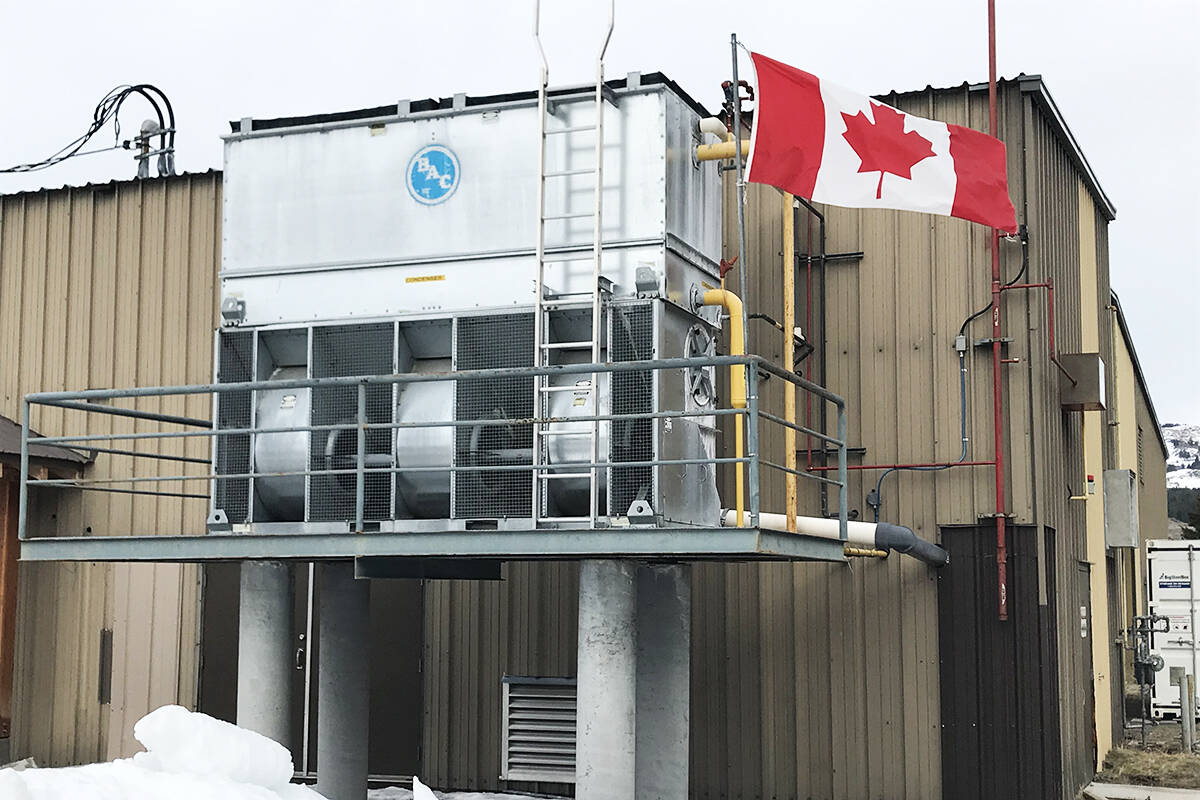Fraser Health has been searching for the source of an outbreak of Legionnaire’s disease in Langley since late November.
The cluster of cases in downtown Langley resulted in a search that included using satellite imagery and notifying numerous business owners in a widening circle over the course of a month.
“It was a fairly small amount of cases,” said Dr. Emily Newhouse, a medical health officer with Fraser Health.
After noticing the cluster of cases, which have not resulted in any deaths, Newhouse said the health authority began an investigation to attempt to eliminate any potential source for the investigations.
Legionnaire’s disease usually presents as a fever that turns into a severe form of pneumonia, caused by the legionella bacterium. There’s also a milder form known as “Pontiac fever.”
Legionella bacteria are found in soil naturally, and people can get sick simply because they breathe in water droplets containing the bacteria after the ground has been disturbed, including during construction or gardening.
But outbreaks are often linked to devices that circulate water. If they become contaminated with legionella and are not regularly cleaned, they can infect multiple people. The bacteria does not pass from person to person.
When Fraser Health began its investigation, it targeted features known to spread the bacteria – water features like fountains, and cooling towers on commercial and industrial buildings.
A cooling tower is a type of air conditioning system used in larger buildings, that works through allowing some water to evaporate from the tower on top of the building.
“The air conditioners that are in people’s homes – those are not a risk,” said Newhouse.
While some jurisdictions in other parts of the world keep a registry of cooling towers and water features, B.C. does not, Newhouse said.
That meant that Fraser Health had to to a painstaking survey to find all the possible cooling towers and fountains they could. This included using satellite images of Langley, and running them through software used by the U.S. Centres for Disease Control that could identify such features.
The health authority then began sending out alerts to building owners and companies that had such features. The key is to get any such water features that can potentially spread legionella to be properly maintained and cleaned. That will stop the spread of the disease.
READ ALSO: ERT broke down door to end standoff in Langley City condo: witness
READ ALSO: Langley RCMP track down man who fled on bike
The notifications spread outwards from where investigators believed the center of the outbreak was located. Businesses were still being notified in early January on the outer edges of the region where the risk was thought to be located.
The campaign is now almost wrapped up.
“We haven’t had any recent cases in the area we’ve identified as highest risk,” said Newhouse.
As of the week of Jan. 11, there were just a few people to track down and notify.
Newhouse said the best tool to prevent or react to future Legionnaire’s disease outbreaks would be a registry of cooling towers and water features.
“We would have all that information at our fingertips,” she said.
Stringent rules for maintenance and upkeep of cooling towers and water features would greatly reduce the risk, she noted.

